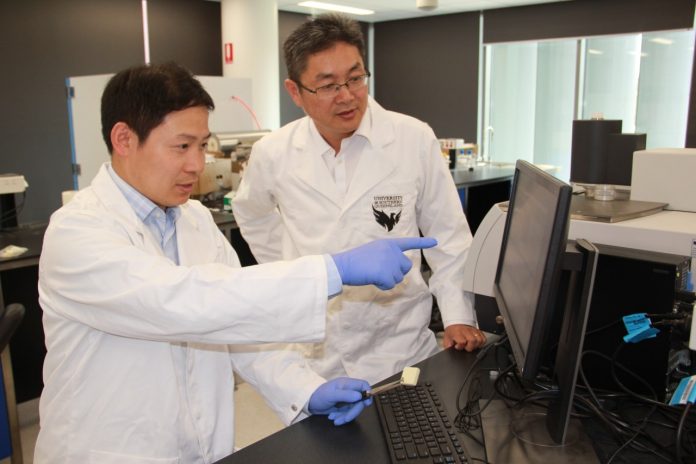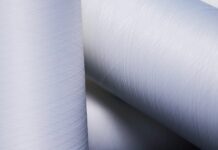
Media Release
The University of Southern Queensland (USQ) has been awarded Australian Research Council (ARC) funding to develop fire-retardant thermal insulation foams for safer buildings.
It follows a horror start to the 2019-2020 fire season with homes lost in areas across eastern Australia, and at a crucial time for global building industries in the wake of London’s Grenfell Tower blaze in 2017.
Federal Minister for Education Dan Tehan announced the ARC Future Fellowships today (October 17), including $888,000 in recognition of USQ’s Dr Pingan Song and his role in developing potentially life-saving technology.
ARC Future Fellowships are designed to support excellent mid-career researchers to undertake high quality research of national and international interest.
Dr Song, an expert in bio-nano polymers, said buildings around the world still contained the same combustible cladding and insulation materials, which put dwellers at risk of fire.
“Almost all building thermal insulation materials are made from polymer foams, such as polyurethane and polystyrene foams,” Dr Song said.
“Unfortunately, these polymers are intrinsically flammable and pose a high fire risk.”
Dr Song is part of an international research team that includes Zhejiang University (China), University of Lille (France), Texas A&M University (USA), University of Auckland (New Zealand), University of New South Wales, Deakin University, The University of Melbourne and The University of Queensland.
The research endeavour, led by USQ Materials and Manufacturing Professor Hao Wang, aims to develop advanced fire-retardant coatings to be applied to rigid polymer foam-based building materials.
“When exposure to fire, the front side of the developed foam rapidly carbonises to form an intact char layer as a barrier to stop the burning,” Professor Wang said.
“At the same time, the non-fire side keeps its original look.
“We believe these foams could replace the existing flammable ones, and bring significant benefits by reducing energy consumption and costs associated with building fires.”

















